10 Most Important Machine Learning Tools You Need to Know

In the dynamic realm of technology, machine learning tools stand as the cornerstone for innovation and advancement. These tools harness the potential of algorithms to glean insights from data, making them indispensable assets across various domains. From TensorFlow to Google Colab, each tool serves a unique purpose, catering to diverse needs and preferences within the machine learning community. In this article, we delve into the most important machine learning tools, exploring their features, limitations, and relevance in today's landscape.
Important Machine Learning Tools
TensorFlow
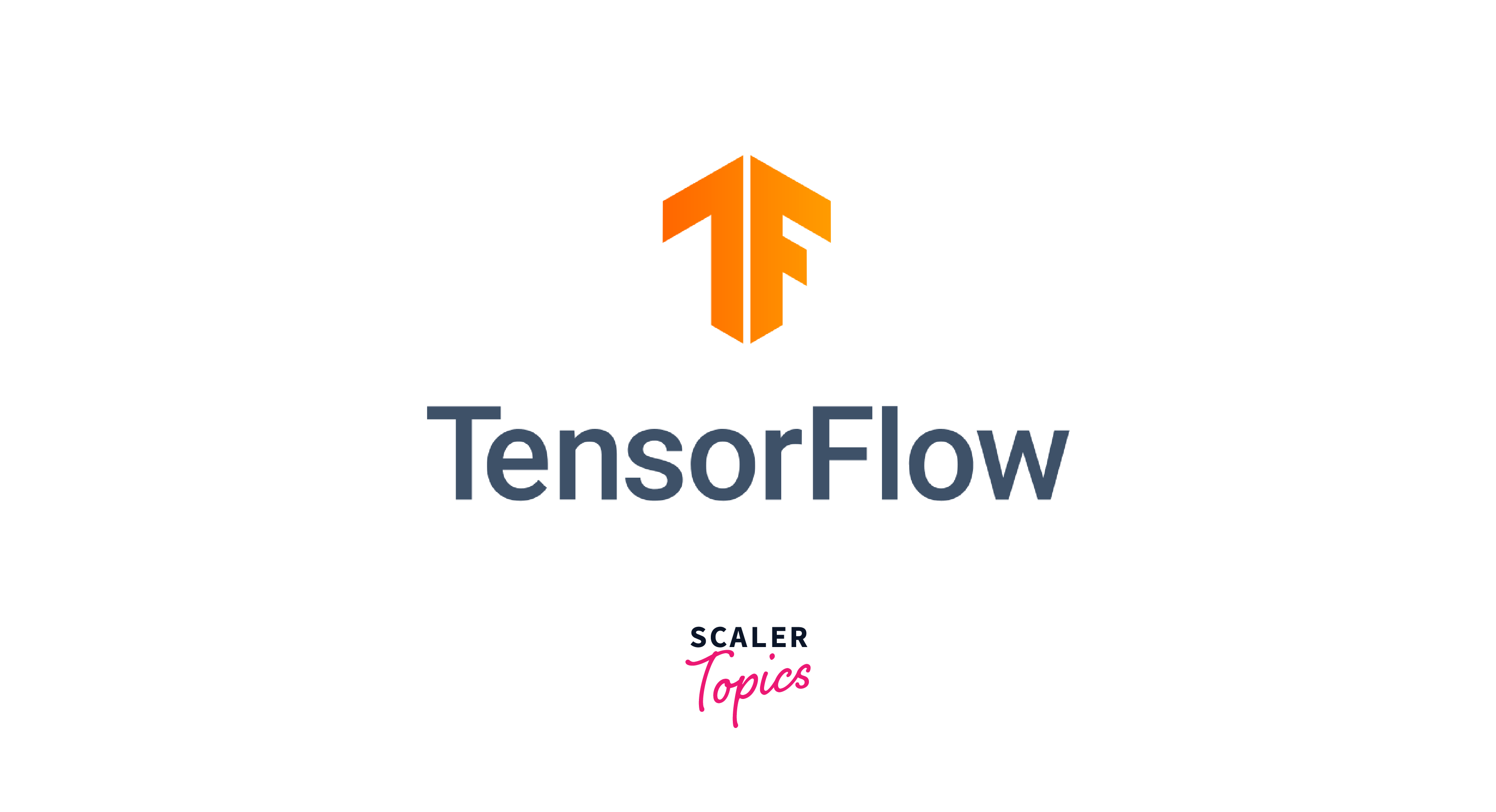
TensorFlow, developed by Google, is an open-source machine learning framework widely used for various tasks like classification, regression, and neural network modeling. It offers a comprehensive ecosystem for building and deploying machine learning models efficiently.
Key features of TensorFlow include its flexibility, allowing developers to deploy models across multiple platforms, including CPUs, GPUs, TPUs, and even edge devices. TensorFlow's high-level APIs like Keras enable rapid prototyping and model development, while its low-level APIs offer more control over model architecture and optimization.
Moreover, TensorFlow provides tools for visualization, model debugging, and distributed training, making it suitable for both research and production environments. Its extensive documentation and active community support further enhance its usability.
However, TensorFlow does have limitations. Its steep learning curve may pose challenges for beginners, and debugging complex models can be time-consuming. Additionally, deploying TensorFlow models to production systems might require optimization efforts to ensure efficient performance, especially in resource-constrained environments.
Google Cloud ML Engine
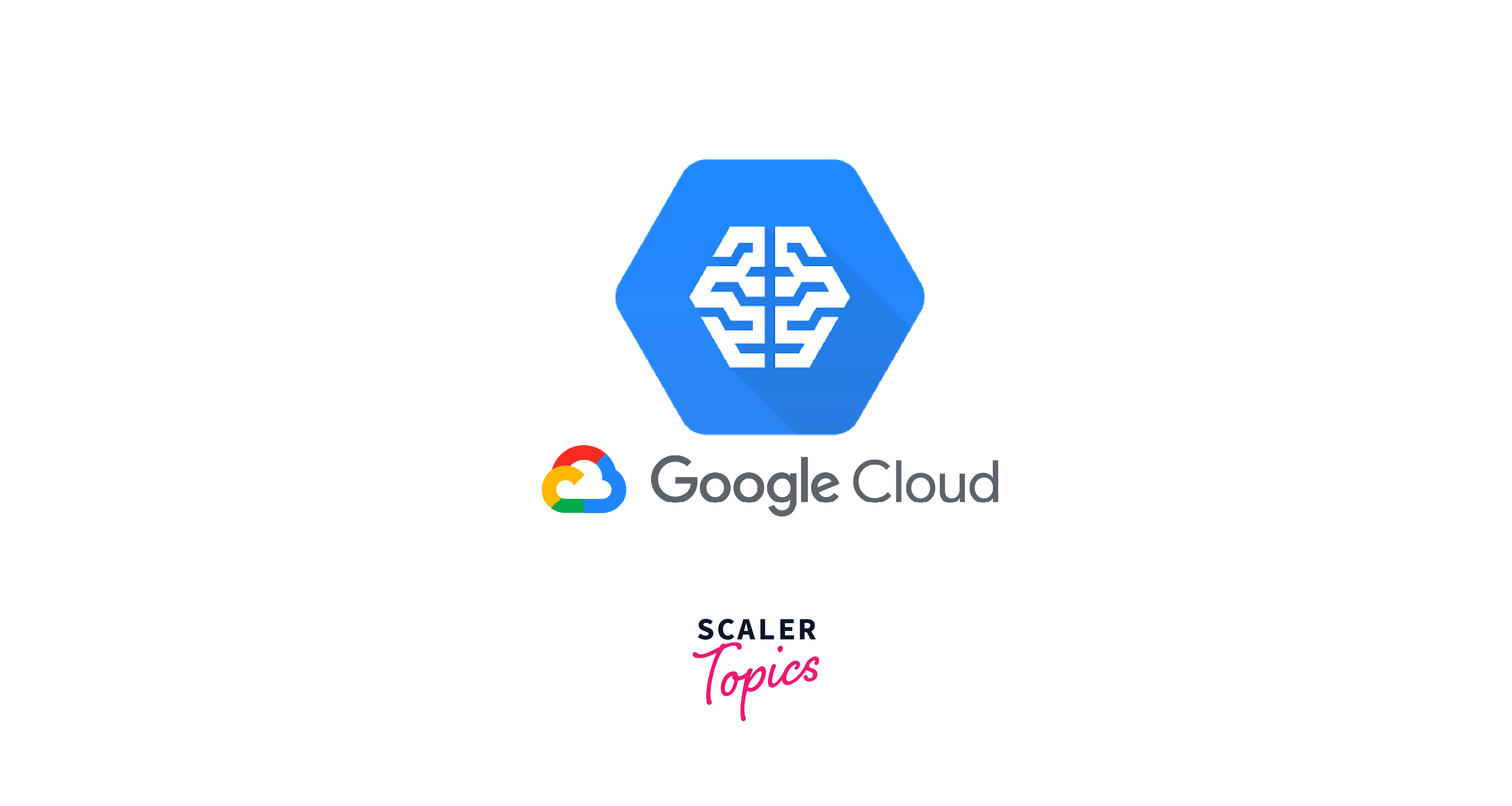
Google Cloud ML Engine is a managed service provided by Google Cloud Platform for building, training, and deploying machine learning models at scale. It offers a range of features designed to streamline the machine-learning workflow and enable efficient model deployment.
Key features of Google Cloud ML Engine include its seamless integration with other Google Cloud services, such as BigQuery for data preprocessing and storage, and TensorFlow for model development. It provides a flexible environment for training models using distributed computing resources, allowing users to scale training jobs according to their needs.
Furthermore, Google Cloud ML Engine simplifies model deployment by providing tools for versioning, monitoring, and serving models in production. It offers automatic scaling and high availability, ensuring reliable performance even under heavy workloads.
Despite its advantages, Google Cloud ML Engine has limitations, such as dependency on Google Cloud Platform, which may incur costs for users. Additionally, while it supports various machine learning frameworks like TensorFlow and Scikit-learn, it may not be as versatile as other platforms for deploying models built with different frameworks.
PyTorch
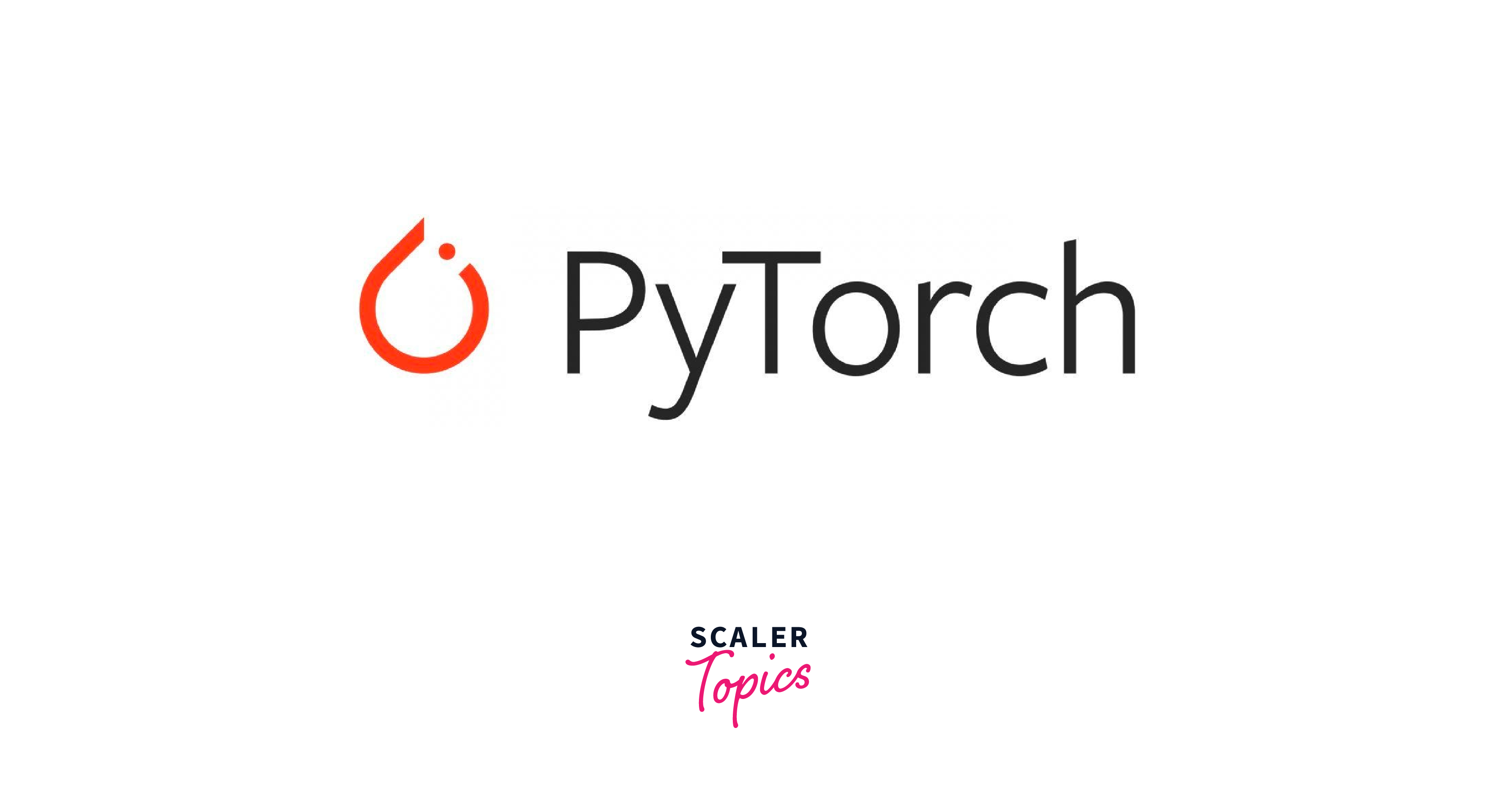
PyTorch is an open-source machine learning framework developed primarily by Facebook's AI Research lab (FAIR). It has gained significant popularity for its flexibility, simplicity, and dynamic computational graph construction.
Key features of PyTorch include its dynamic computation graph, which allows for intuitive model building and easy debugging. This feature enables users to define and modify computational graphs on-the-fly, facilitating rapid prototyping and experimentation.
PyTorch's seamless integration with Python and its numpy-like syntax make it highly accessible to both researchers and developers. Its modular design and extensive library support further enhance its usability, allowing users to leverage pre-built components for various machine learning tasks.
Additionally, PyTorch provides powerful GPU acceleration, enabling efficient training of large-scale models. Its automatic differentiation capabilities simplify the process of computing gradients, making it suitable for implementing complex neural network architectures.
However, PyTorch also has limitations. Its dynamic computation graph, while advantageous for flexibility, may result in slower performance compared to static graph frameworks like TensorFlow, particularly for deployment in production environments.
Amazon Machine Learning
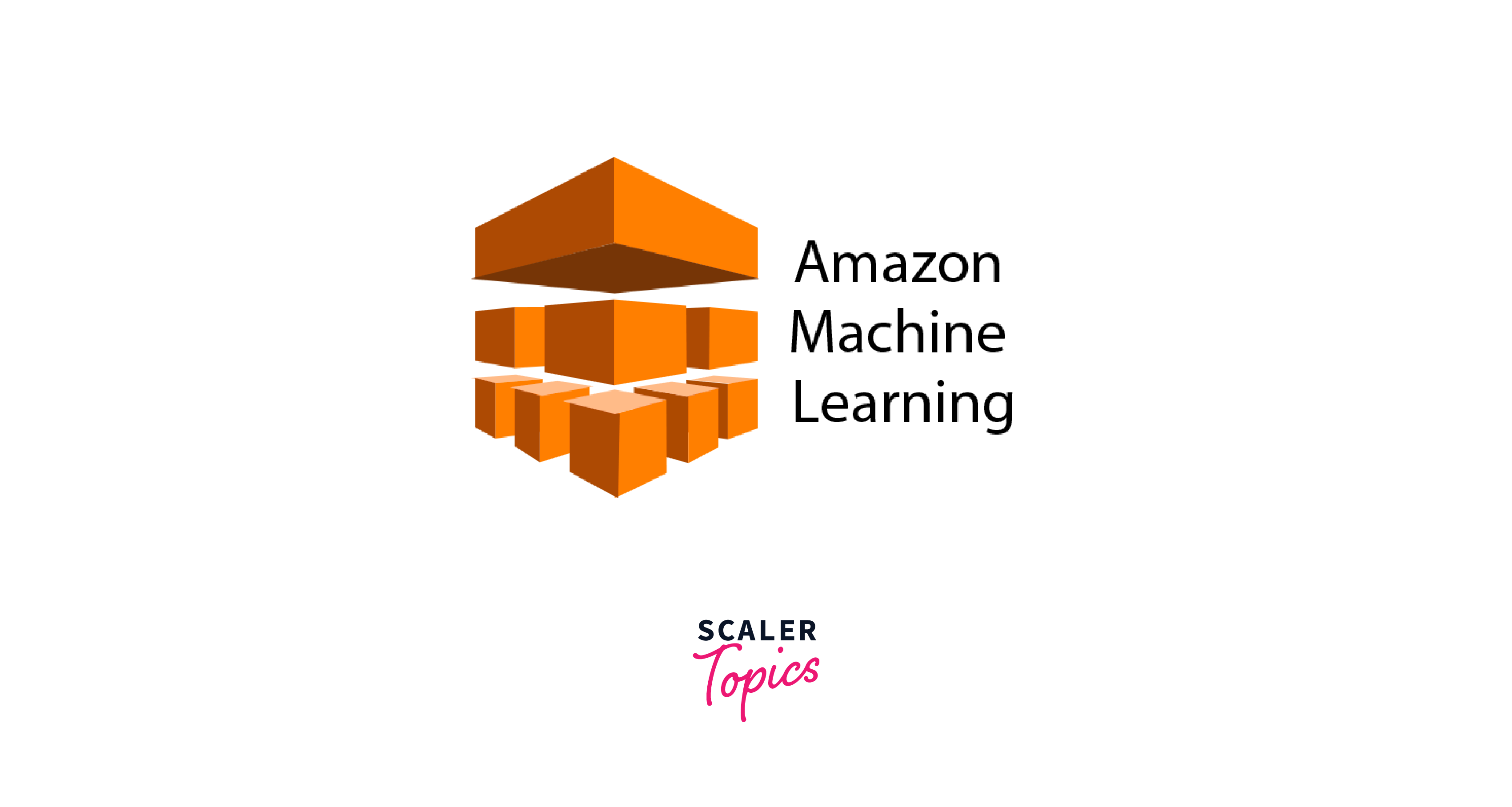
Amazon Machine Learning (Amazon ML) is a cloud-based service provided by Amazon Web Services (AWS) that facilitates the creation, training, and deployment of machine learning models. It is designed to make machine learning accessible to developers with varying levels of expertise.
Key features of Amazon ML include its user-friendly interface and streamlined workflow, which enable users to build models without extensive machine learning expertise. The service supports various types of machine learning tasks, including classification, regression, and anomaly detection.
Amazon ML integrates seamlessly with other AWS services, such as Amazon S3 for data storage and Amazon Redshift for data analysis, simplifying the process of data preparation and model training. It also offers built-in data visualization tools and model evaluation metrics to assist users in assessing model performance.
Furthermore, Amazon ML provides automatic model tuning and optimization, reducing the need for manual parameter tweaking. It also offers scalable model deployment options, allowing users to easily deploy models in production environments.
However, Amazon ML has limitations, including a narrower range of machine learning algorithms compared to other platforms like TensorFlow or PyTorch. Additionally, users may encounter constraints related to customization and flexibility, particularly when working with complex models or specialized use cases.
Apache Mahout
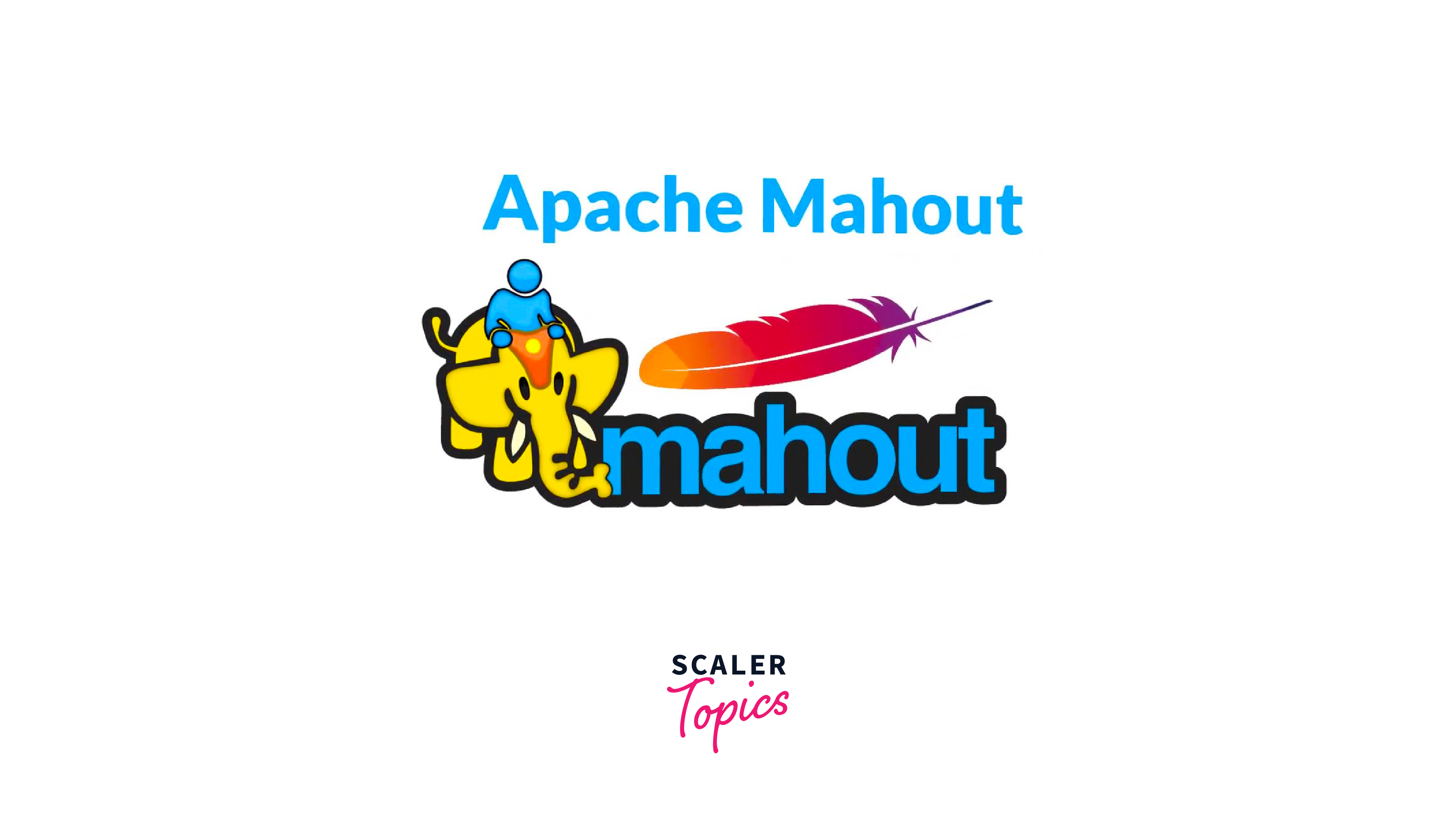
Apache Mahout is an open-source machine-learning library designed to provide scalable implementations of various machine-learning algorithms. It aims to make machine learning accessible to developers, especially those working with large-scale datasets.
Key features of Apache Mahout include its focus on scalability and distributed computing, allowing users to train models on large datasets using frameworks like Apache Hadoop and Apache Spark. This scalability enables Mahout to handle big data efficiently, making it suitable for processing large volumes of data commonly found in enterprise environments.
Mahout offers a wide range of machine-learning algorithms, including clustering, classification, recommendation, and dimensionality reduction. These algorithms are implemented in a modular fashion, allowing users to easily integrate them into their applications and workflows.
Furthermore, Apache Mahout provides support for both batch and real-time processing, allowing users to build models for various use cases, such as batch data analysis and real-time recommendation systems.
However, Apache Mahout has limitations, including a steeper learning curve compared to more user-friendly machine learning libraries like sci-kit-learn. Additionally, while Mahout offers scalability, users may need to invest time in optimizing and tuning their workflows for performance, especially when dealing with extremely large datasets.
Shogun
Shogun is an open-source machine-learning library that offers a comprehensive set of tools for both research and production environments. Developed in C++ with interfaces for several programming languages including Python, Shogun is designed for scalability, efficiency, and versatility.
Key features of Shogun include its extensive collection of machine learning algorithms covering various tasks such as classification, regression, clustering, dimensionality reduction, and support for structured output. These algorithms are optimized for performance and scalability, making them suitable for processing large datasets.
Shogun provides a unified interface for accessing different algorithms, allowing users to seamlessly switch between methods without changing their codebase. It also offers support for various data types and formats, enabling users to work with diverse data sources.
Furthermore, Shogun is highly customizable, allowing users to modify and extend its functionality according to their specific requirements. It also integrates with other machine learning libraries like LibSVM, LibLinear, and LibOCAS, enhancing its flexibility and interoperability.
However, Shogun may have a steeper learning curve compared to more user-friendly libraries due to its focus on performance and efficiency. Additionally, while Shogun provides extensive documentation and examples, its community and ecosystem may not be as large as other popular machine learning frameworks.
Oryx2
Oryx 2 is an open-source machine-learning framework developed by Oryx Technologies. It provides a scalable and efficient platform for building real-time recommendation systems and predictive analytics applications.
Key features of Oryx 2 include its distributed architecture, which enables horizontal scalability and fault tolerance. The framework is built on top of Apache Kafka and Apache Hadoop (or Apache Spark), allowing users to leverage their distributed computing capabilities for processing large volumes of data.
Oryx 2 offers a modular and extensible architecture, with support for various machine learning algorithms such as collaborative filtering, matrix factorization, and classification. These algorithms are implemented in a scalable and efficient manner, making them suitable for processing streaming data in real time.
Furthermore, Oryx 2 provides support for model updating and serving, allowing users to continuously train and deploy machine learning models as new data becomes available. It also offers built-in support for metrics tracking and model evaluation, facilitating the development and monitoring of recommendation systems and predictive analytics applications.
However, Oryx 2 may have a higher learning curve compared to more user-friendly machine learning frameworks, especially for users unfamiliar with distributed computing concepts. Additionally, while Oryx 2 provides comprehensive documentation and examples, its community and ecosystem may not be as large as other popular machine learning frameworks.
Apache Spark MLlib
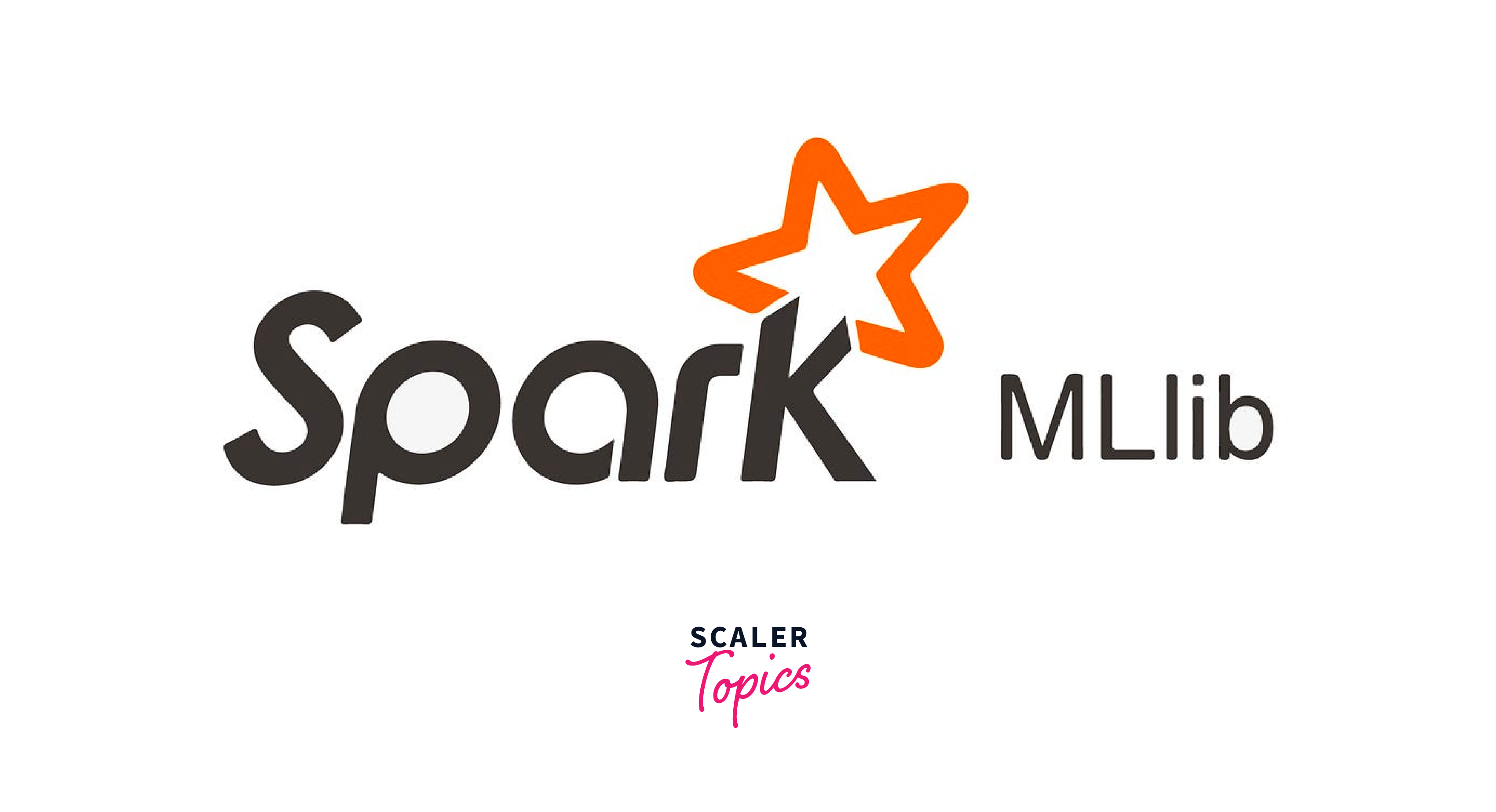
Apache Spark MLlib is a scalable machine learning library built on Apache Spark, designed to simplify the development and deployment of large-scale machine learning models. It provides a wide range of algorithms and utilities for various tasks, including classification, regression, clustering, collaborative filtering, and dimensionality reduction.
Key features of Apache Spark MLlib include its distributed computing capabilities, which enable efficient processing of large datasets across clusters of machines. It also offers a high-level API that simplifies the development of machine learning pipelines, making it accessible to both beginners and experts.
Additionally, Spark MLlib integrates seamlessly with other components of the Apache Spark ecosystem, such as Spark SQL for data manipulation and Spark Streaming for real-time data processing. This integration facilitates end-to-end data processing and machine learning workflows within a single framework.
However, Apache Spark MLlib has limitations, including the lack of support for deep learning algorithms compared to other frameworks like TensorFlow or PyTorch. Additionally, while Spark MLlib offers scalability and efficiency, users may encounter performance bottlenecks when dealing with extremely large datasets or complex models.
Google Mobile ML Kit
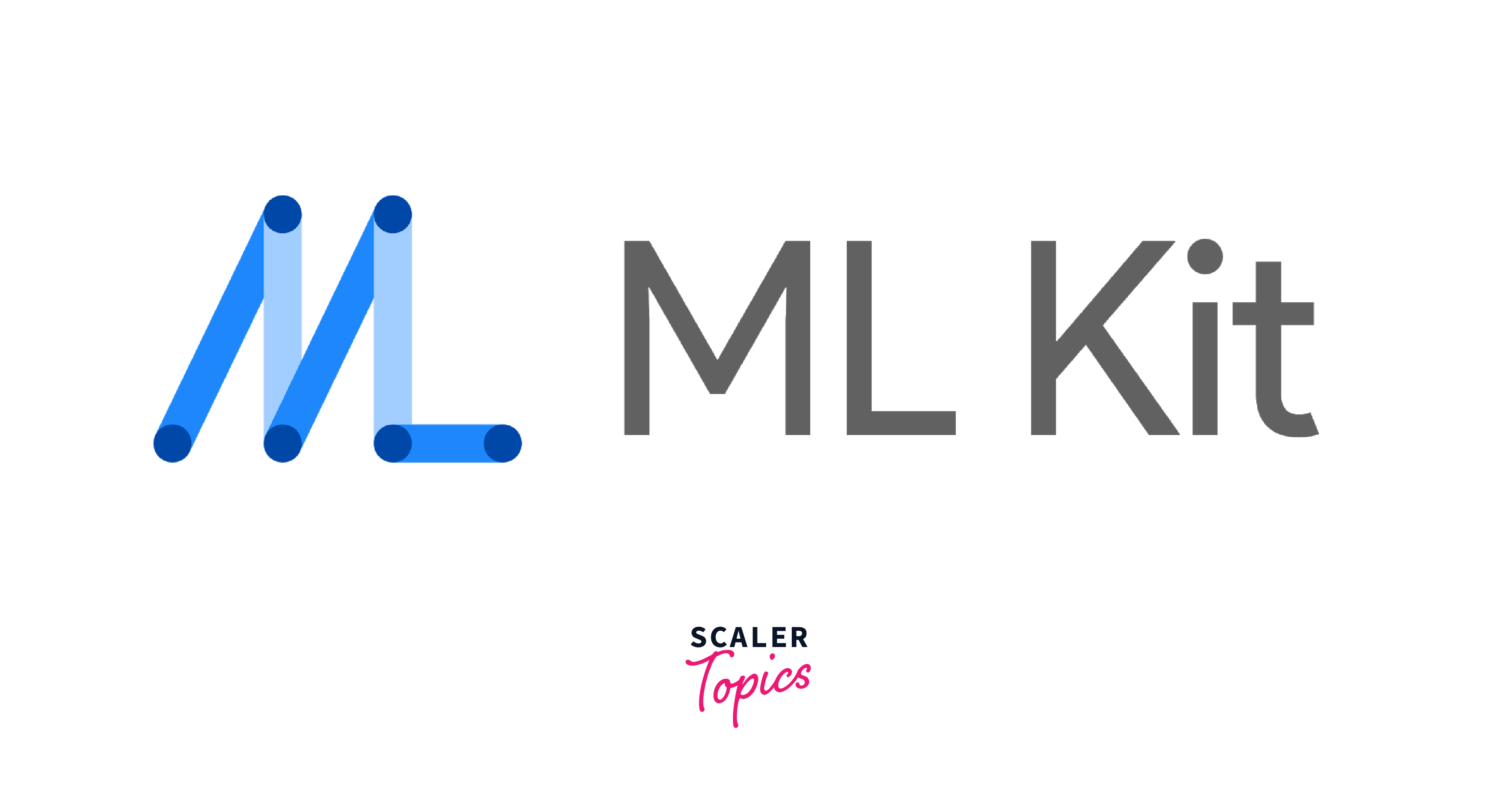
Google Mobile ML Kit is a development kit provided by Google that enables mobile app developers to integrate machine learning functionalities into their Android and iOS applications easily. It offers a range of pre-trained models and APIs for tasks such as image labeling, text recognition, face detection, barcode scanning, and more.
Key features of Google Mobile ML Kit include its ease of integration, with simple APIs and SDKs that abstract away much of the complexity of implementing machine learning models on mobile devices. Developers can leverage these pre-trained models without needing extensive machine learning expertise, accelerating the development process.
Furthermore, Mobile ML Kit provides on-device and cloud-based processing options, allowing developers to choose the best approach based on their app's requirements for latency, privacy, and network connectivity. On-device processing ensures data privacy and reduces latency, while cloud-based processing leverages Google's powerful infrastructure for more compute-intensive tasks.
However, Google Mobile ML Kit has limitations, such as the dependency on Google services and infrastructure for cloud-based processing. Additionally, while it offers a wide range of pre-trained models, developers may encounter constraints when requiring custom models or fine-tuning existing ones.
IBM Watson
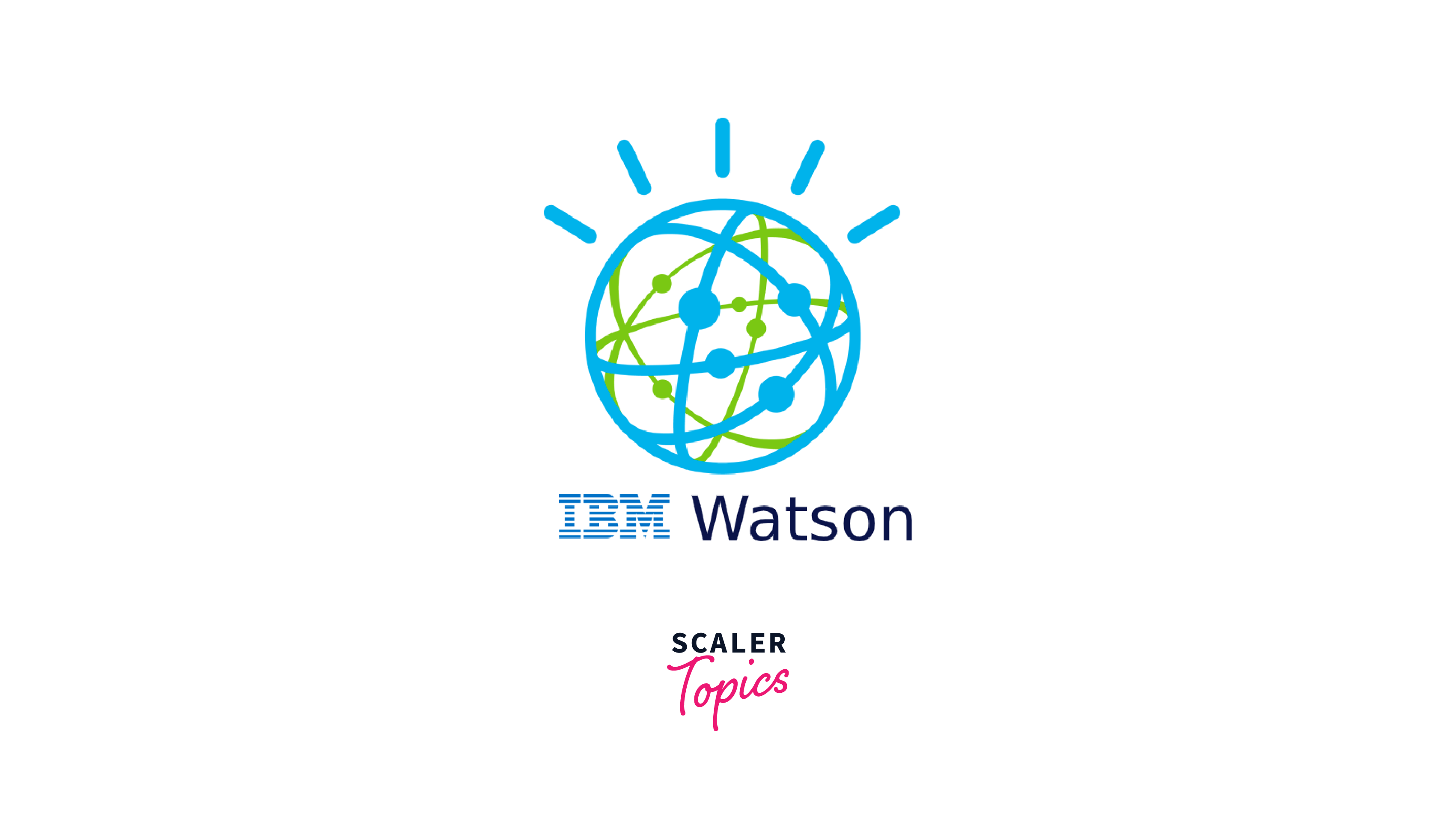
IBM Watson is a suite of AI-powered tools and services offered by IBM for various industries and applications. It provides developers and businesses with access to advanced machine learning, natural language processing, and computer vision capabilities.
Key features of IBM Watson include its wide range of pre-built AI models and APIs for tasks such as language understanding, sentiment analysis, image recognition, and more. It also offers tools for building custom AI solutions tailored to specific business needs.
However, IBM Watson has limitations, such as the complexity of integrating its services into existing workflows and the potential costs associated with usage and customization.
OpenNN
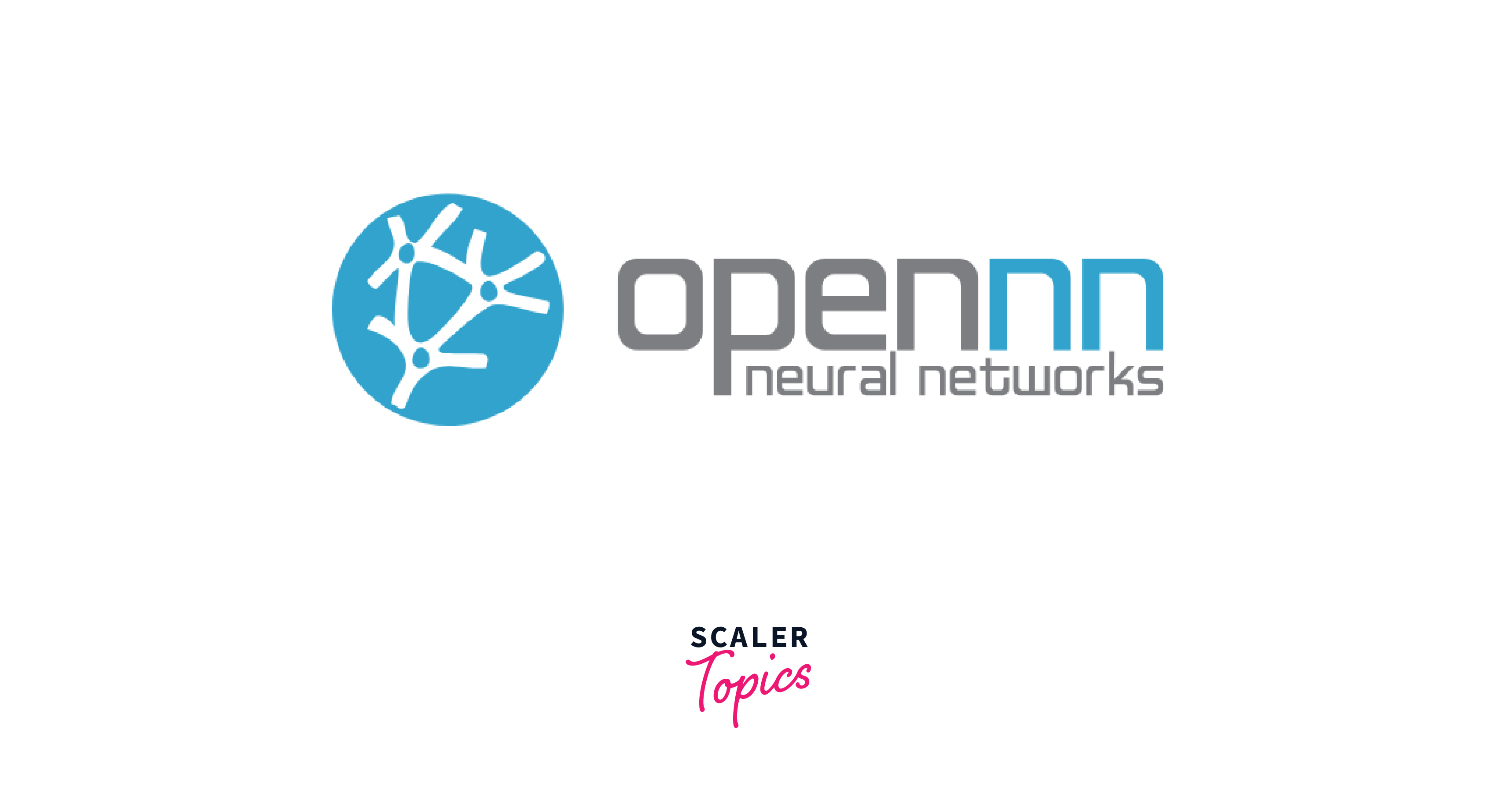
OpenNN (Open Neural Networks Library) is an open-source neural networks library designed for machine learning and research purposes. Developed in C++, it offers a range of algorithms for training and deploying artificial neural networks.
Key features of OpenNN include its flexibility, efficiency, and ease of use, making it suitable for both beginners and experienced users. It provides a variety of neural network architectures, optimization algorithms, and data preprocessing tools.
Additionally, OpenNN offers support for parallel computing, enabling users to leverage multi-core processors for faster training and inference. It also provides extensive documentation and examples to assist users in building and deploying neural network models effectively.
However, OpenNN may have limitations in terms of its community support and ecosystem compared to other widely adopted machine learning libraries.
Vertex AI
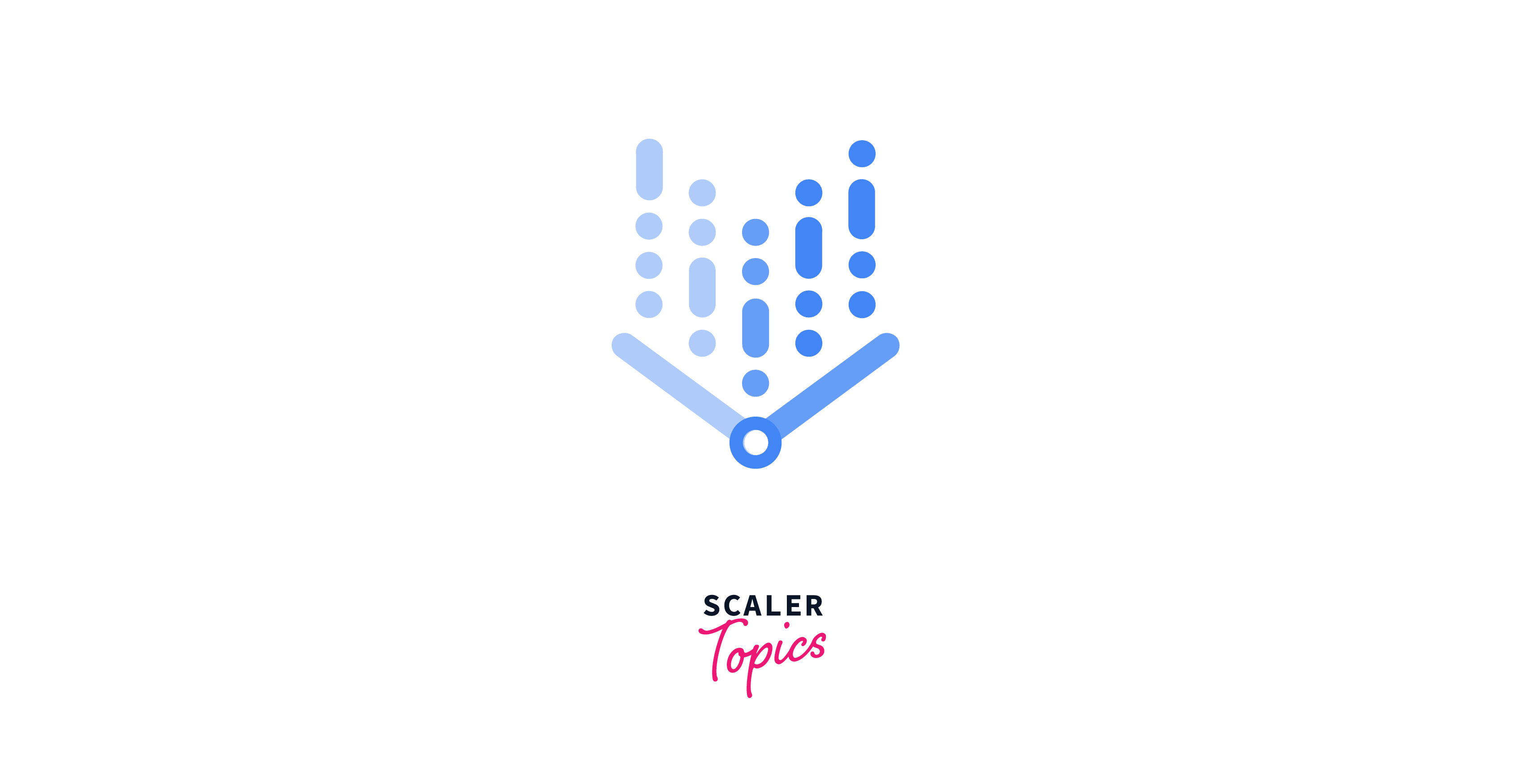
Vertex AI is a machine learning platform provided by Google Cloud that streamlines the development and deployment of AI models. It offers a suite of tools and services for building, training, and deploying machine learning models at scale.
Key features of Vertex AI include its integration with Google Cloud services, such as AutoML for automated model development, TensorFlow for custom model training, and BigQuery for data preprocessing. It also provides tools for model versioning, monitoring, and debugging, enabling users to manage their ML lifecycle effectively.
Additionally, Vertex AI offers a scalable infrastructure for model training and deployment, ensuring reliable performance even under heavy workloads. However, it may have limitations in terms of pricing and complexity, particularly for users with smaller budgets or less experience with Google Cloud services.
Weka
Weka is a popular open-source machine learning toolkit developed by the University of Waikato in New Zealand. It provides a comprehensive suite of algorithms and tools for data preprocessing, classification, regression, clustering, association rule mining, and feature selection.
Key features of Weka include its user-friendly graphical interface, making it accessible to both beginners and experienced users. It also offers a command-line interface and APIs for integration with other tools and programming languages.
Additionally, Weka provides extensive documentation, tutorials, and a vibrant community, facilitating learning and collaboration among users. However, Weka may have limitations in terms of scalability and performance compared to other enterprise-grade machine-learning platforms.
Google Colab

Google Colab is a free cloud-based platform provided by Google that allows users to write and execute Python code in a Jupyter notebook environment. It offers access to powerful computing resources, including GPUs and TPUs, enabling users to train machine learning models and run data analysis tasks without the need for high-end hardware.
Key features of Google Colab include its integration with Google Drive for seamless data storage and sharing and its collaboration features that allow multiple users to work on the same notebook simultaneously.
However, Google Colab has limitations, such as session time limits and restrictions on resource usage, which may affect long-running or resource-intensive tasks.
Conclusion
- The article highlights a diverse array of machine learning tools, each catering to specific needs and preferences within the ML community.
- TensorFlow and PyTorch stand out as dominant frameworks, offering comprehensive ecosystems and unique features such as flexibility and dynamic computation graphs.
- Cloud-based platforms like Google Cloud ML Engine and Amazon ML provide scalable solutions for building, training, and deploying ML models, though users must consider dependencies and limitations.
- Specialized frameworks like Apache Mahout, Shogun, and Oryx 2 offer powerful tools for handling big data, real-time recommendation systems, and efficient model deployment, respectively.
- Apache Spark MLlib simplifies large-scale ML model development with its distributed computing capabilities and seamless integration with the Apache Spark ecosystem.
